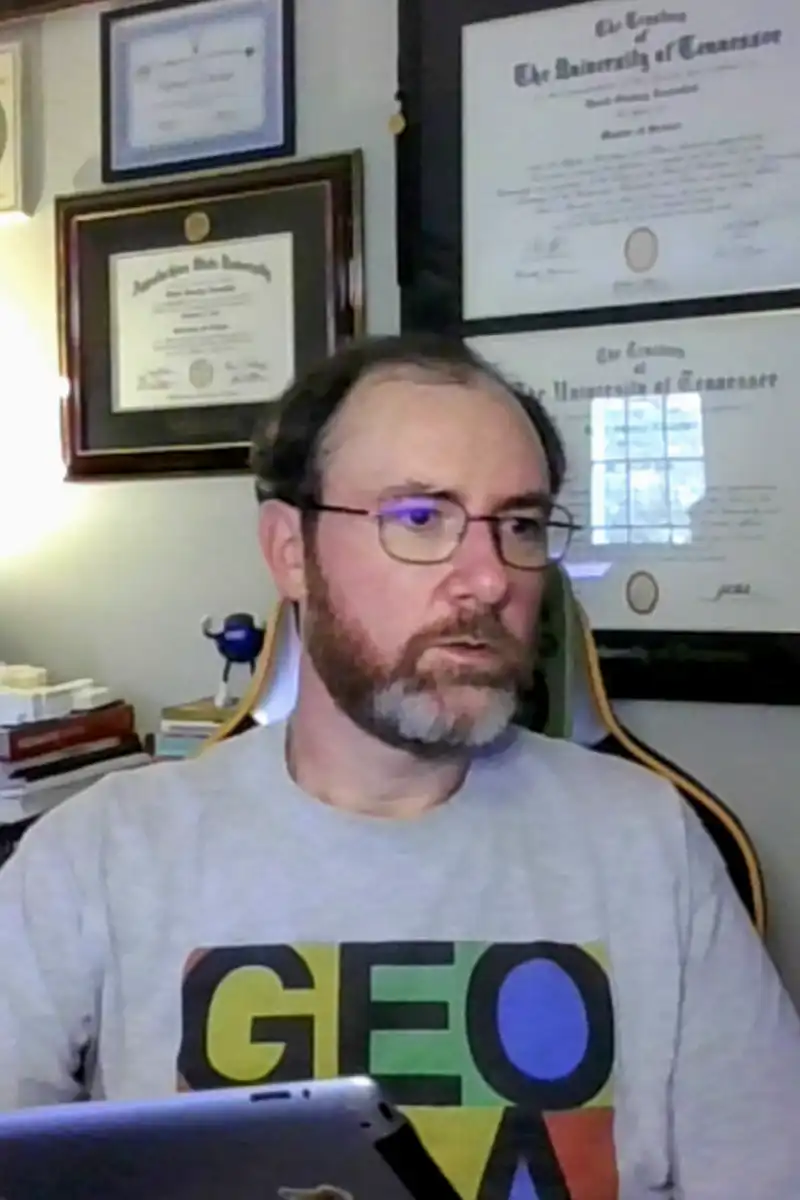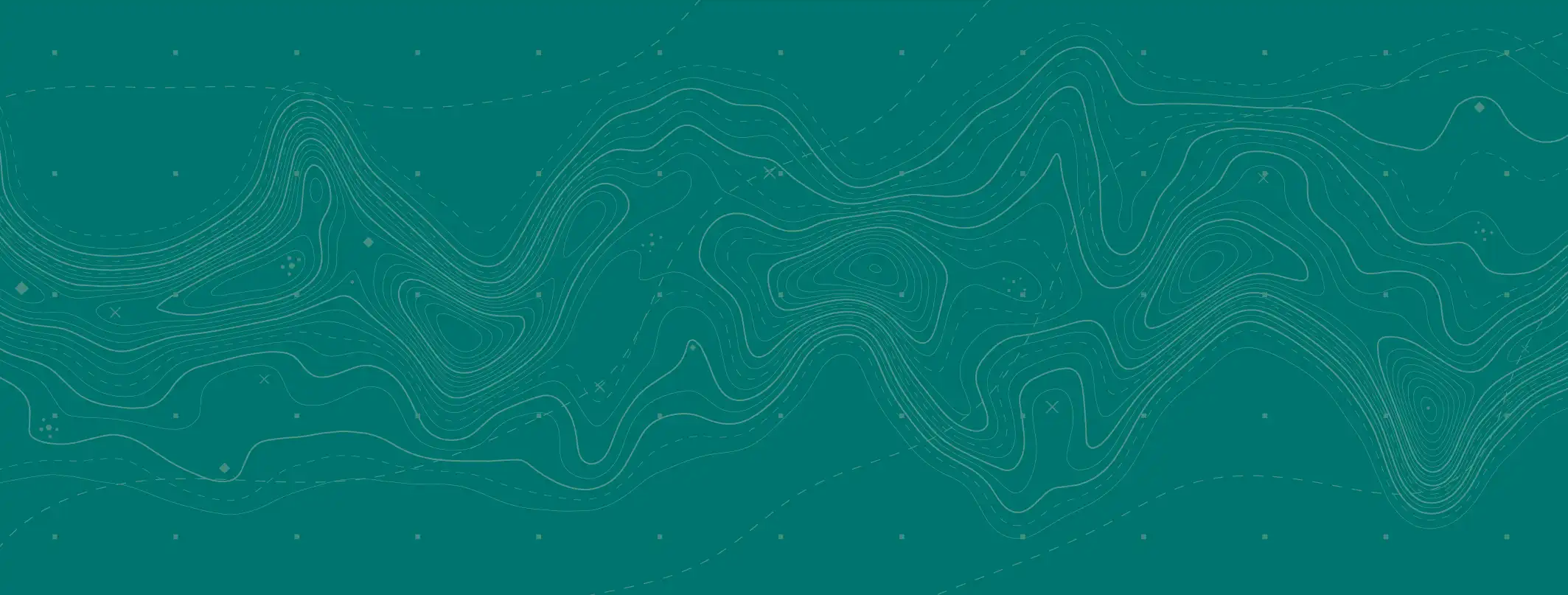David Leventhal

David Leventhal
Social Studies Teacher, Connections Academy
As an historian returning to The University of Tennessee in my late 30s to pursue a career in secondary social sciences education, I was faced with the monumental challenge of completing 18 hours of upper-level undergraduate geography coursework in one academic year. And as an historian (M.A.), I have always valued maps that depict demographic and migrational patterns, socioeconomic and cultural change, military campaigns and battle maps… really, any and all maps that show the process of human interaction and social change over time. To be sure, one cannot have a true understanding of what happened without knowing where it happened. And furthermore, historiography teaches us that histories written throughout time and space are often vastly different, if not completely oppositional in nature. Even across spatial distances as close as Virginia is to Pennsylvania, one can find opposing histories of the American Civil War, each published by reputable university presses, and each proposing an entirely different thesis on the causes of that war. The sole difference is their geographical location and the sociocultural context to which each is tied.
It was by sheer coincidence and luck that I found myself enrolling in a Geographic Information Science course during the fall semester of 2018. My full-time work and parenting schedule provided only a small time frame during which I could squeeze in the courses I needed to meet my geography prerequisites, and GIS 311 and 411 were my only options. When I registered for these GIS courses I honestly had no idea what I was getting myself into! Luckily for me, the professors, graduate assistants, and students I encountered opened the doors to a whole new way of viewing the world – past, present, and future. I was astounded by the power of GIS software and immediately began perceiving my environment through a geospatial lens. It was this experience at such an incredible Geography Department that really shaped and honed my approach to education in general, and to teaching history specifically.
As a strong proponent of cognitive learning theory, I believe students learn through a multitude of sensory operations, phonological loops, visuospatial sketch pads, and other modes of perception. Perception is the act of interpreting and finding meaning in a stimulus or stimuli and is influenced significantly by attention. Learners often begin by perceiving major components and patterns (geospatial patterns, for example), and then process relationships between these patterns into crystallized “wholes” based on previous knowledge. Interactive maps serve as an excellent stimulus for igniting this cognition in a virtual classroom, particularly when grabbing the students’ attention and starting their engagement with what they otherwise might perceive as just another boring history lesson. Speaking within the paradigm of cognitive learning theory, interactive story maps and geospatial data analyses effectively contribute to students’ existing schema and evoke a more meaningful understanding across all of the social sciences.
For example, Esri’s GeoInquiries give students the stimulus they need to engage in the geospatial and historical awareness of a particular lesson in just the first 15-20 minutes of class. Layering data upon data, qualitative or quantitative, requires students to “do” the learning by using the ready-made historical research provided in the data tables while engaging their geospatial awareness and higher-order cognition. It really is the perfect cocktail containing equal parts geospatial and historical awareness, primary and secondary source interpretation, and analytical problem solving. To say that The University of Tennessee’s Department of Geography shaped my personal approach to educational theory and practice in my social studies classrooms would be an understatement. Burchfiel, and the many mentors within whose doors are always open (most notably Dr. Yingkui Li and Dr. Michael Camponovo), will always evoke some of the fondest memories of my second adventure in Academia. I am deeply indebted to and grateful for the department as a whole, and specifically to those professors and students who have shown me this entirely new way of viewing the world and my role as an educator. I am humbled to have been anonymously nominated for this recognition; but to whomever it was, if you happen to be reading this, my heart is overflowing with love and gratitude for you and all future geographers, sustainers, and educators.
